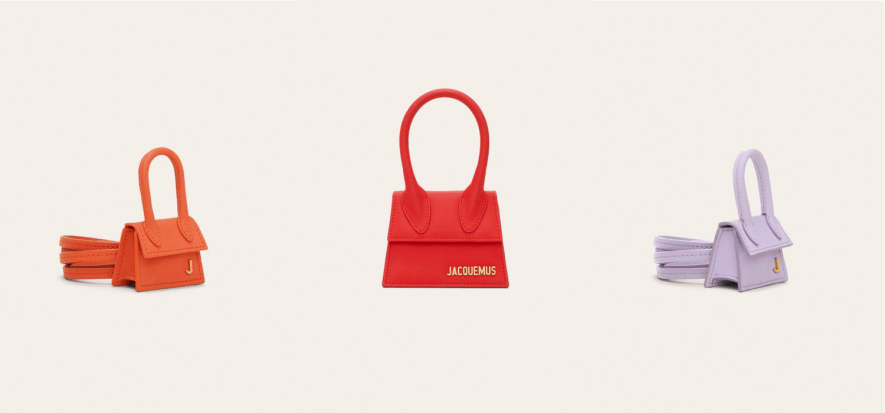Brands believe in it more. Consumers want more. Designers draw more. The bag’s boom is no accident. If leather goods has become the most interesting item of revenue for brands. If it is the most performing segment (at least in terms of percentage change) of Italian industry. If the educational offer of fashion academies on the subject grows. If there are announcements of manufacturing investments. There is a reason. Le Figaro outlines the sociology of a success.
Fashionisation
The new Millennium required a new bag. For centuries, from the Middle Ages onwards, leather goods were summed up in purses tied to clothing. In the heart of the twentieth century, a bag was, first and foremost, a useful tool. It was a bag where, according to the explanation of sociologist Jean Claude Kaufman, the ladies could keep what was necessary: “the missal, the perfume, the handkerchief”. It is only in recent times that accessories have become fashionable. That women – and even men – have begun to desire more products, with stronger styles, for more varied combinations.
Small is beautiful
The current season is that of small leather goods. In this case, too, there is a social transformation. Smartphones free people from carrying so many objects: diaries and address books, of course, but also paper bags, for example, now that digital payment is spreading. A large functional bag is no longer important.
The push of social media
Not only. There are still two factors that push small leather goods. The first concerns spending capacity. As Simon Jacquemus recognises “fashion has become too expensive”. His Le Chiquito, fresh from commercial success, had a 400 euro price tag, “which is much less than a classic bag, that is even more than 2,000 euros”. The fact is not of little importance. Small leather goods is “an object of luxury accessible for young customers – continues the designer with Le Figaro -. Moreover, it is a recognisable and easily instagrammable product”. A pride that can be spent on social media.
The manufacture
Behind the leather goods boom there is also an industrial movement. The brand’s production standards were “degraded around the new millennium”, acknowledges Le Figaro. Now fashion houses themselves have again increased the range. The matter is so serious that “groups have internalised manufactures and tanneries”. The Italian industry knows something about it.
Photo by Jacquemus
Read also:










